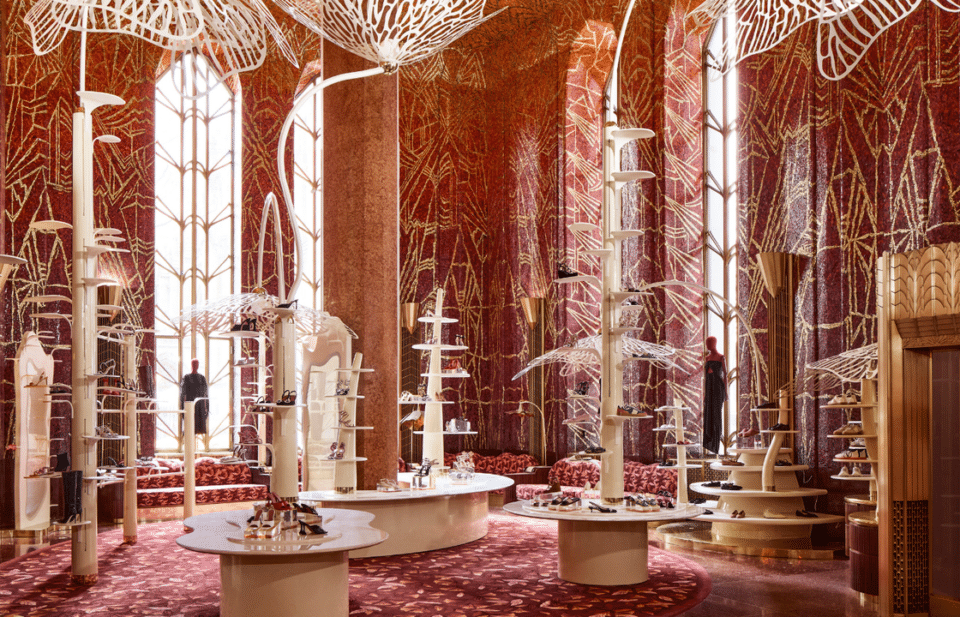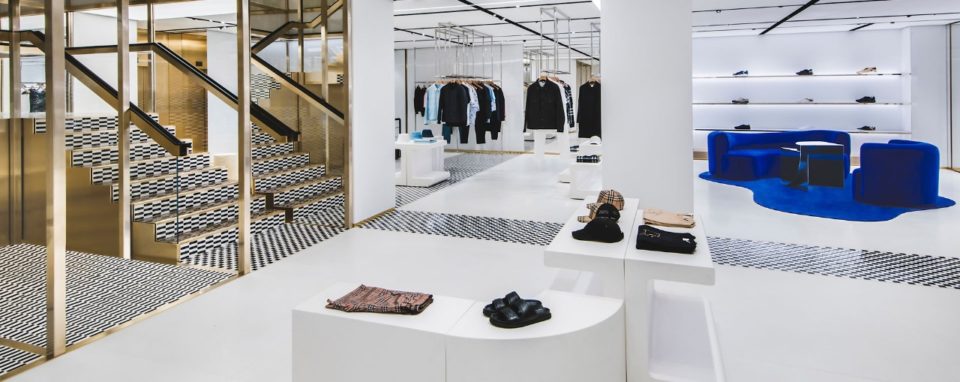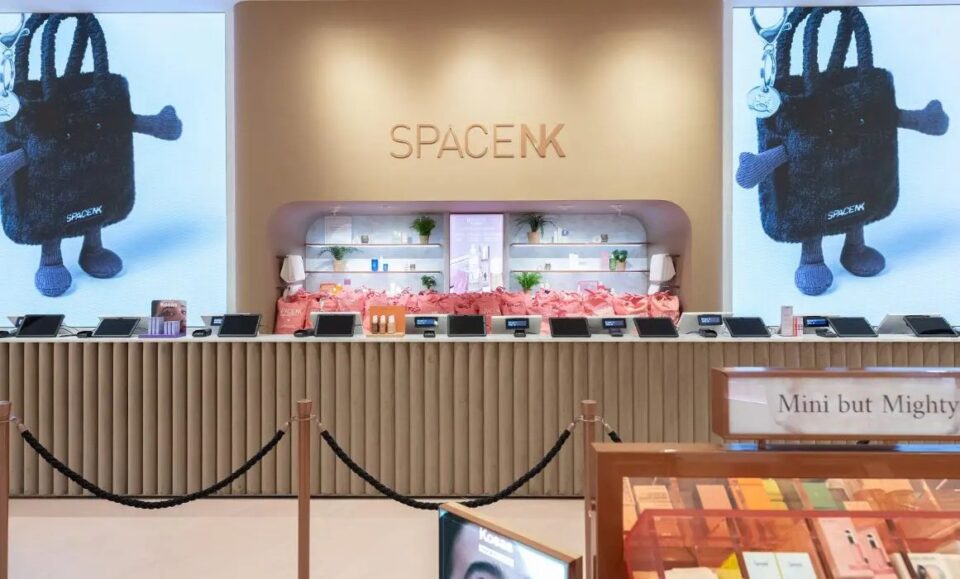The Expert Secrets To Retail Pop-Up Success
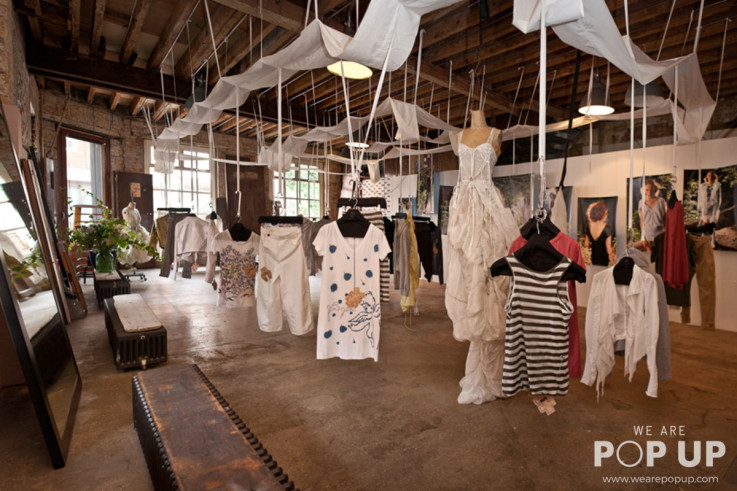

Chances are you won’t have to look too far to find your nearest pop-up. The short term solution has become something of a major retail trend and a permanent fixture in the strategies of both fledgling independent businesses and retail giants.
To put it into context: ‘The pop-up retail sector is growing at 12.3% annually and is now worth over £2.3bn to the UK economy, so we’ve certainly seen a significant increase in brands of all sizes and stages of growth using pop-ups as an integral part of their business model,’ notes Abigail Freeman of We Are Pop Up, the recently shuttered short term retail space rental start-up. As with all retail though not every pop-up is a roaring success, with any failings often able to be traced back to the organiser. So how can you make your event go with a bang, not a whimper?
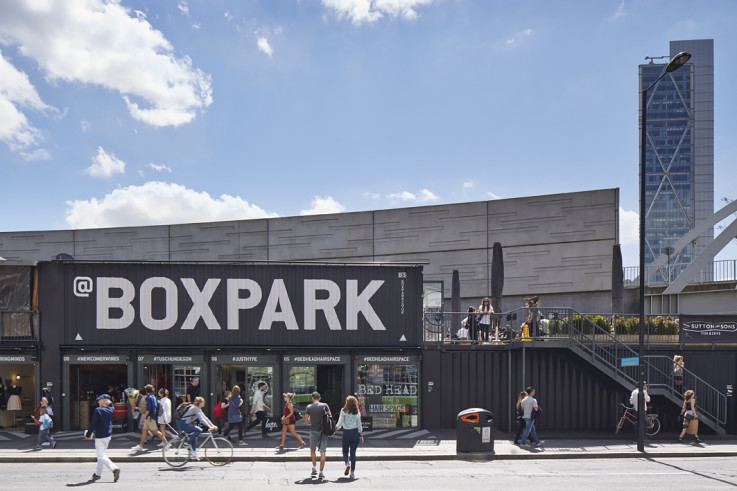
Why planning is so important
As the world’s first pop-up mall, the Boxpark scheme in Shoreditch has a unique dual-perspective of working with pop-ups and essentially being one itself. ‘All the lessons and experiences that a standard pop-up has we’ve had to come through too as a business,’ explains Boxpark’s Matthew McMillan.
‘The most important thing is to plan, plan, plan and plan again,’ he continues. ‘It ought to be a really thought through 12 week programme to deliver a two week pop-up. You want to think about how you are going to set this up, who’s going to run it, what product lines are going to launch in it, how are you going to market it, what sort of events are you going to have, how are you going to drive footfall to your store. The best pop-ups tend to do an enormous amount of gearing up in terms of marketing… getting your social platforms working for you and then planning events so you drive customers to the store for specific things.’
A spokesperson for Appear Here, another company bringing companies and landlords together for short term space rentals, agrees that spreading the word is vital: ‘When you have a pop-up people don’t expect you to be there and aren’t expecting to wander into you, so you really need to focus on making sure people know where to find you, where you’re going to be and what dates you’re there, especially if it’s for a short period of time.’
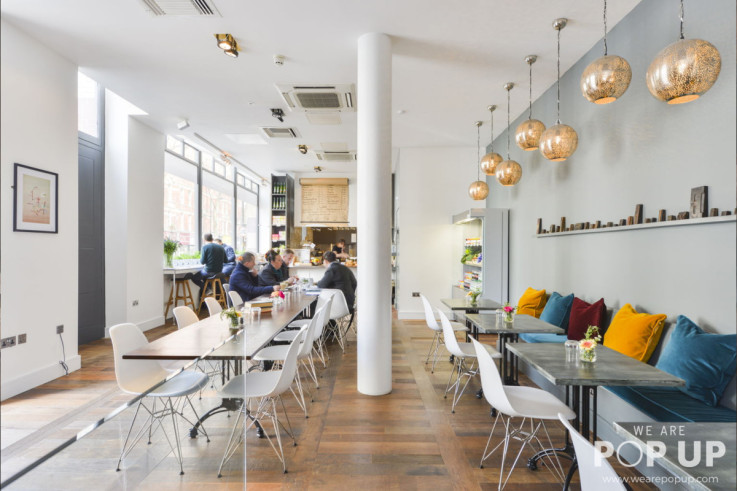
How to avoid common mistakes
‘One of the biggest mistakes is not setting clear objectives against which to measure success,” says Abigail. “Brands’ objectives can vary hugely from pure sales, to brand awareness, to testing a location or other aims. But not having clear objectives from the outset makes it very difficult to measure success and even harder to iterate if it’s not going well.
‘Another major mistake is neglecting to collect customer details in-store to then continue a relationship with them after the pop-up. If customers like what a brand is doing they will want to stay informed of that brand’s news – in-store customer data is easy to collect if the brand is providing an excellent brand experience but many forget to really leverage this,’ she adds.
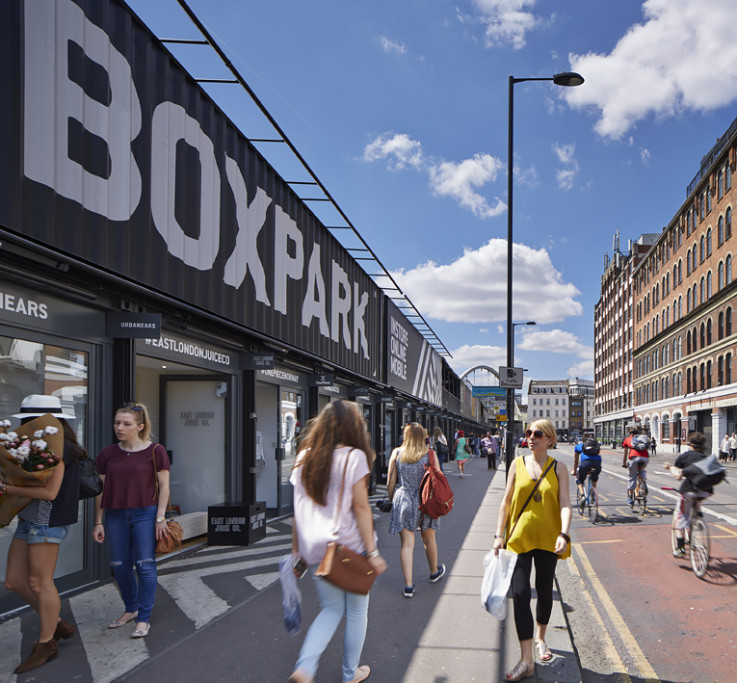
Matthew notes that organisers need to be prepared to put in the work: ‘You are there to activate something… as opposed to expecting someone else to come and do everything for you. That’s the first big mistake people tend to make. The second thing is how you maximise the site, the time in there, how do you do something that properly works for you and works for the person you are trying to work with. Do your research.’
For Appear Here mistakes can come from trying to cut corners: ‘It’s the quality of execution… you can approach it thinking it’s temporary so we don’t need to make it look like a proper shop and I think that’s a shame. I think it is important that you make your shop look as good as possible and it should still be the visual representation of your brand,’ says a spokesperson.
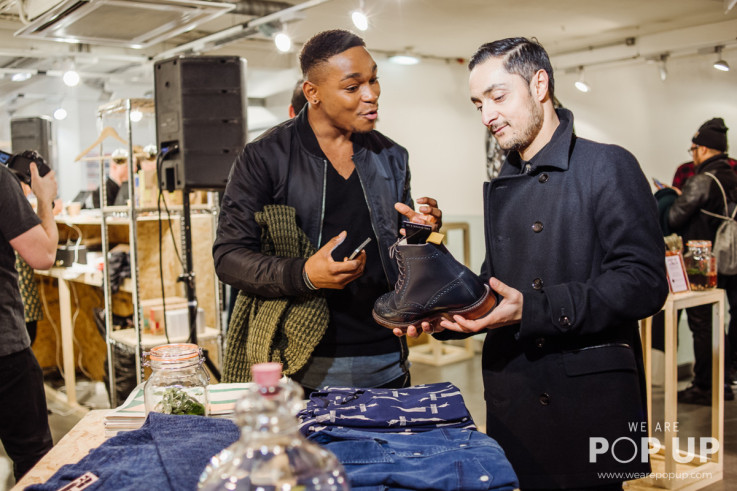
Why pop-ups can work whatever your budget
Against a backdrop of major brands putting big money into stunts, is it still possible to pull off a customer-drawing pop-up on a budget? ‘Absolutely,’ says Matthew. He believes that the difference in spend between the top and bottom ends of the market is narrowing, which brings the experiences closer together.
‘You could do something really well with a small cost upfront but using all your social media channels and being really clear and simple in your branding approach. I think you can do something really interesting on a simple budget, four figures or something like that.’
Abigail agrees: ‘Our mission at We Are Pop Up has been to bring down the barriers to accessing retail space, including the cost, both in terms of the time cost it used to take to find and negotiate short-term retail spaces, and the actual cost of the space. Full shops in central London start at £100-£200 a day, and shared shops start at £25 a day.’
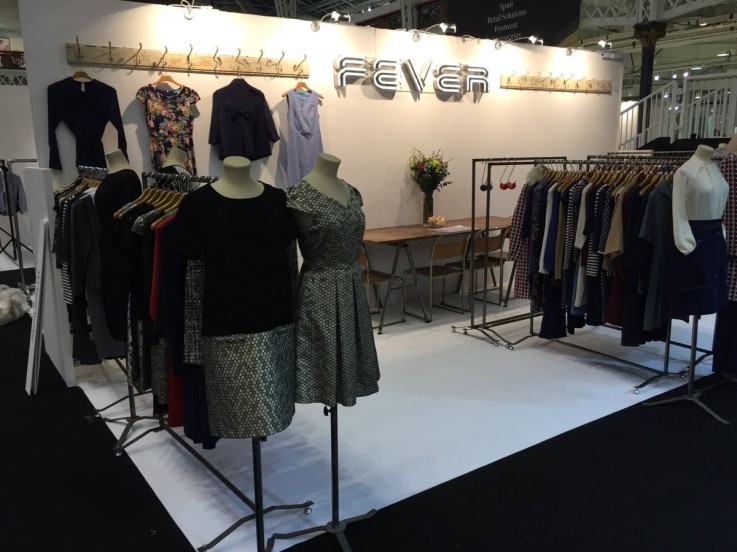
How knowing what you want to achieve can help you gauge returns
Retail success can be measured in a number of different ways, which is why knowing what you want to get out of your pop-up is crucial. For Wandsworth-based womenswear design company Fever, which recently ran a pop-up shop in Southside Shopping Centre, it was all about selling samples and previous seasons’ stock, as well as increasing brand awareness. ‘We do not usually have a retail space as our main business is wholesale so this was a good opportunity for us to sell stock directly to the consumer,’ says Fever’s Sophie Bradbury.
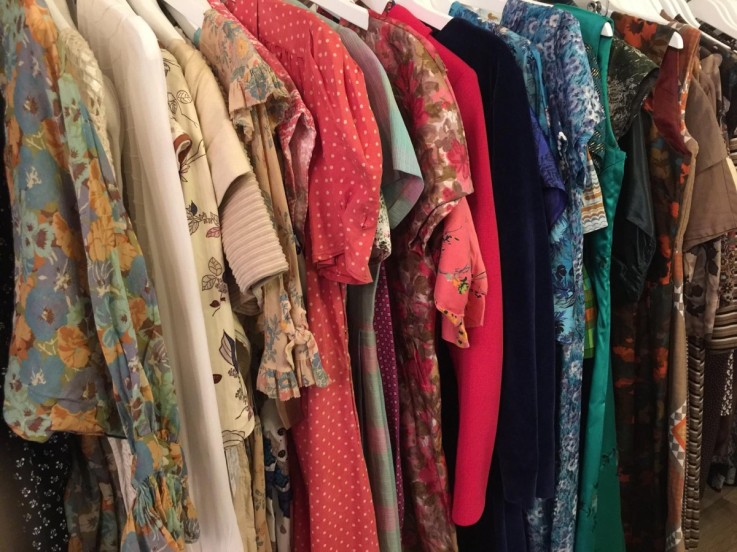
For her the returns have already outweighed the investment: ‘We introduced our brand to a new customer base who had not heard of us in the past and will hopefully in future look out for our clothes either online through our own website or via our stockists. Increasing brand awareness is a definite long term benefit and direct feedback from clients is always beneficial for the design team.’
Appear Here’s spokesperson agrees that sales are not the only beneficial outcome of a pop-up: ‘It’s important for brands not to worry too much about the sales – what we’ve noticed is that especially for a lot of our online brands although they might not have sold as much as they expected during the pop-up they’re selling more than they expected online during and after. It’s more of an advertising tool, so that they will see an increase in sales online afterwards which is a direct result of having a pop-up in that area.’
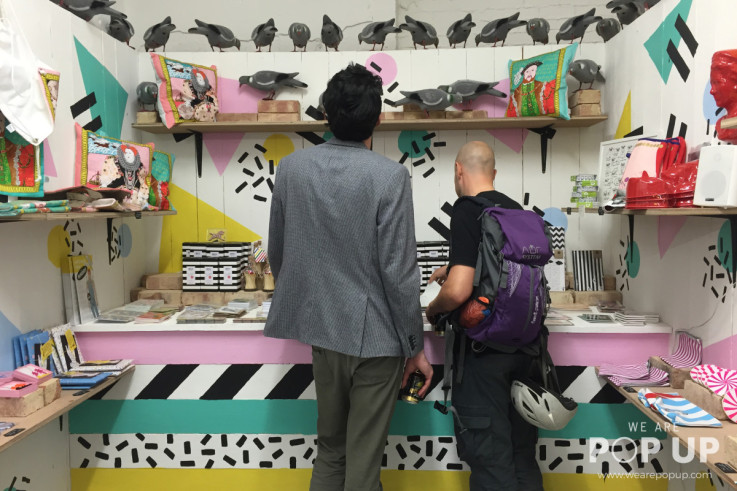
Why pop-ups work
The attraction of pop-ups lies in their temporary nature, tapping into consumers’ fear of missing out and giving those who did visit the opportunity to say “I was there”. They’re also at their best when they feel like an event or offer something experiential that customers can’t get somewhere else. Getting that right goes a long way towards making sure your pop-up is a success.
As Abigail says: ‘Companies can ensure a standout pop-up by giving customers a memory and a feeling that will stay with them forever. That’s a major benefit of offline retail beyond all other benefits – you can tap into all the senses and create a meaningful connection with a customer beyond just making sales. I love the Maya Angelou quote “People will forget what you said, people will forget what you did, but people will never forget how you made them feel.” It applies to physical retail and customer experiences more than ever before.’
Thank you to Matthew McMillan from Boxpark, Sophie Bradbury from Fever, Abigail Freeman from We Are Pop Up, and Appear Here for their valuable insights.
Article by Kirsty Birkett-Stubbs
Find out more about the latest trends in retail by taking part in one of our Insider Trends retail safaris.. Find out more here.

